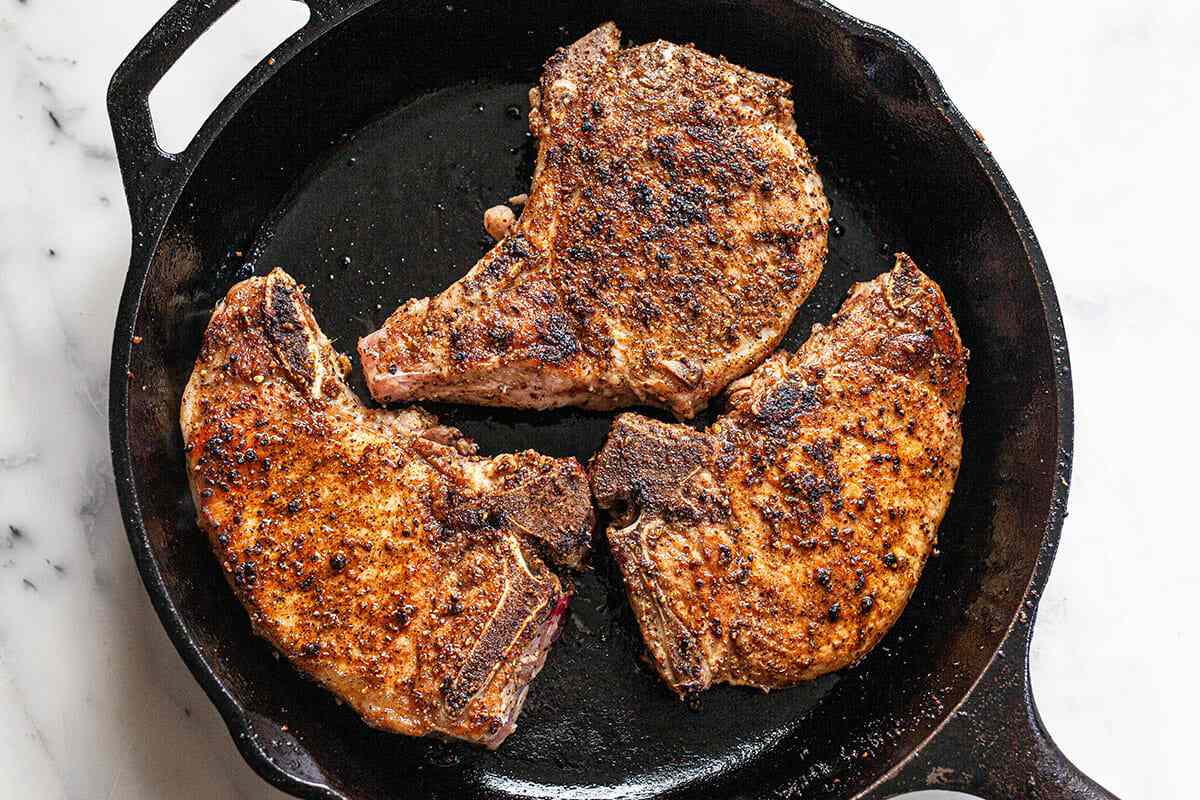

Articles
How Long To Cook Pork Chops On The Stove Top
Modified: February 28, 2024
Discover how long it takes to cook tender and juicy pork chops on the stove top with our informative articles. Learn the perfect cooking time and techniques for delicious results.
(Many of the links in this article redirect to a specific reviewed product. Your purchase of these products through affiliate links helps to generate commission for Storables.com, at no extra cost. Learn more)
Introduction
When it comes to cooking pork chops, the stove top is a reliable and convenient method. With the right techniques and cooking times, you can achieve juicy, flavorful pork chops that will be a hit at your dinner table. Whether you’re a seasoned chef or an amateur cook, this article will guide you through the process of cooking pork chops on the stove top.
One of the advantages of cooking pork chops on the stove top is that it allows you to have more control over the cooking process. Unlike other cooking methods, such as baking or grilling, cooking on the stove top allows for quick and even heat distribution. This helps to ensure that your pork chops cook evenly and retain their moisture.
Before we dive into the details of cooking pork chops on the stove top, it’s important to choose the right type of pork chops for your recipe. There are various cuts available, including boneless, bone-in, thin-cut, or thick-cut chops. Each cut has its own unique characteristics and will require different cooking times. So, let’s start by exploring the different options when it comes to selecting the perfect pork chops for your meal.
Key Takeaways:
- Master the art of cooking pork chops on the stove top by choosing the right cut, thickness, and seasoning options. Follow expert tips to ensure perfectly cooked, juicy pork chops that will impress your dinner guests.
- Elevate your pork chop dish with creative serving suggestions, such as pairing with flavorful sauces, adding interesting toppings, and experimenting with international flavors. Use the finger test and meat thermometer to achieve the ideal level of doneness.
Read more: How Long To Cook Pickled Pork On Stove Top
Choosing the Right Pork Chops
When it comes to choosing pork chops, there are several factors to consider. The cut of the pork chop, the thickness, and whether it is bone-in or boneless all play a role in the cooking time and overall taste.
Cut: There are various cuts of pork chops available, including loin chops, rib chops, and shoulder chops. Loin chops are lean and tender, while rib chops have more marbling and are known for their rich flavor. Shoulder chops are a less expensive option and have more fat, which adds to the flavor and tenderness.
Thickness: The thickness of the pork chop will affect the cooking time. Thin-cut pork chops, which are less than 1 inch thick, will cook quickly and are great for a fast weeknight meal. Thick-cut pork chops, on the other hand, are more than 1 inch thick and require a longer cooking time to ensure they are cooked through without drying out.
Bone-in or Boneless: Pork chops can be either bone-in or boneless. Bone-in chops tend to be juicier and more flavorful, as the bone helps to retain moisture during cooking. Boneless chops, on the other hand, cook slightly faster and are easier to eat.
When selecting your pork chops, look for chops with a pinkish-red color and some marbling. Avoid chops that have a pale color or excessive amounts of fat. Opt for cuts that are uniform in thickness, as this will ensure even cooking. Additionally, ask your butcher for recommendations based on your cooking method and recipe.
Once you’ve selected the perfect pork chops for your dish, it’s time to move on to preparing them for cooking.
Preparing the Pork Chops
Properly preparing your pork chops before cooking is a crucial step that can greatly enhance the flavor and texture of the final dish. Here are some steps to follow when preparing your pork chops:
- Remove the pork chops from the refrigerator and let them sit at room temperature for about 15-20 minutes. This helps to ensure even cooking.
- Pat the pork chops dry with a paper towel. Removing any excess moisture will help the seasonings adhere better and promote browning during cooking.
- Trim any excess fat from the edges of the pork chops. Leaving a thin layer of fat can add flavor, but too much fat can cause the chops to become greasy.
- If the pork chops have a bone, score the fat on the edges of the chops. This prevents them from curling as they cook and helps the fat render evenly.
- Season the pork chops generously on both sides with salt and pepper. This forms the foundation of the flavor profile, but you can also add additional seasonings according to your preference.
By properly preparing your pork chops, you ensure that they are ready to absorb the flavors of any seasonings or marinades you choose to use. Once seasoned, it’s time to move on to the next step – choosing the best seasoning options.
Seasoning Options
Seasoning your pork chops is essential to bring out their natural flavors and enhance the overall taste of the dish. While salt and pepper are classic choices, there are numerous seasoning options that can take your pork chops to the next level. Here are a few ideas:
- Herbs and Spices: Experiment with different herbs and spices to add depth of flavor to your pork chops. Some popular choices include garlic powder, paprika, thyme, rosemary, cumin, and chili powder. Rub the seasonings onto the chops, ensuring they are evenly coated on both sides.
- Marinades: Marinating your pork chops is another great way to infuse them with flavor. You can use a pre-made marinade or create your own using a combination of ingredients such as soy sauce, honey, lemon juice, Worcestershire sauce, garlic, and herbs. Allow the pork chops to marinate in the mixture for at least 30 minutes or up to overnight in the refrigerator for maximum flavor.
- Fruit-Based Sauces: Pairing pork chops with fruit-based sauces adds a delightful sweetness and tanginess. Consider apple sauce, mango salsa, or cranberry relish. These sauces complement the savory flavors of the pork and provide a burst of freshness.
- Glazes: Glazes add a glossy and flavorful coating to your pork chops. You can make a simple glaze using ingredients like honey, brown sugar, soy sauce, and Dijon mustard. Brush the glaze onto the chops during the last few minutes of cooking to prevent burning and allow the flavors to meld.
- Citrus Zest: Grating citrus zest, such as lemon or orange zest, over your pork chops adds a vibrant and refreshing note. The zest is packed with aromatic oils that can brighten up the dish and balance out the richness of the pork.
Remember to adjust the seasoning according to your preference and the flavor profile you wish to achieve. Whether you prefer bold and spicy chops or subtle and tangy ones, the seasoning options are endless. Once you’ve chosen and applied your desired seasonings, it’s time to move on to the cooking process itself.
Cooking the Pork Chops
Now that your pork chops are seasoned and ready to go, it’s time to start cooking! Follow these steps to ensure perfectly cooked pork chops on the stove top:
- Heat a skillet or frying pan over medium-high heat. Adding a small amount of oil or butter will help prevent sticking and promote browning.
- Once the pan is hot, carefully add the seasoned pork chops. Make sure not to overcrowd the pan, as this can lower the temperature and prevent proper browning. Cook the chops in batches if necessary.
- Cook the pork chops for about 3-4 minutes on each side, or until they develop a golden brown crust. This initial searing helps to seal in the juices and adds flavor.
- Reduce the heat to medium-low and continue cooking the pork chops for an additional 6-8 minutes, or until they reach the desired level of doneness. The cooking time will vary depending on the thickness of the chops. Use a meat thermometer to check the internal temperature, aiming for 145°F (63°C) for medium-rare or 160°F (71°C) for medium. Keep in mind that the pork chops will continue to cook slightly once removed from the heat.
Monitoring the cooking time and temperature is crucial to avoid overcooking and drying out the pork. Remember that the cooking times provided are a general guideline and may vary depending on the thickness of your chops and the heat of your stove.
Keep in mind that it’s always better to slightly undercook the pork chops and let them rest for a few minutes before serving. This allows the juices to redistribute, resulting in a more tender and flavorful final result.
Once your pork chops are cooked to perfection, it’s time to plate them and serve them up in a delicious and visually appealing way. Let’s explore some serving suggestions to elevate your pork chop dish.
For a juicy and tender pork chop, cook it on the stove top for 6-8 minutes per side over medium-high heat. Use a meat thermometer to ensure it reaches an internal temperature of 145°F. Let it rest for a few minutes before serving.
Read more: How Long To Cook Pulled Pork On Stove Top
Checking for Doneness
Ensuring that your pork chops are cooked to the right level of doneness is important for both flavor and safety. Here are a few methods you can use to check if your pork chops are cooked to perfection:
- Using a Meat Thermometer: The most accurate way to determine the doneness of your pork chops is by using a meat thermometer. Insert the thermometer into the thickest part of the chop, avoiding contact with the bone. For medium-rare pork chops, the internal temperature should be around 145°F (63°C). If you prefer them more well-done, aim for an internal temperature of 160°F (71°C).
- The Finger Test: If you don’t have a meat thermometer on hand, you can also use the touch or finger test. Gently press the center of the pork chop with your finger. If it feels soft and has some give, it is likely still rare. If it feels firm yet springy, it is cooked to medium-rare. If it feels very firm and doesn’t give much, it is well-done. However, keep in mind that the finger test is not as precise as using a thermometer.
- Visual Inspection: Another way to check for doneness is by visually inspecting the pork chops. Slice into the thickest part of the chop, and if the juices run clear and the meat is no longer pink, it is likely cooked through. However, this method is less reliable and can lead to overcooking if not done correctly.
Regardless of the method you choose, it’s important to remember that pork chops should be cooked to an internal temperature of at least 145°F (63°C) for safe consumption, according to the USDA guidelines. It’s better to slightly undercook the chops if you prefer them more juicy and tender, as they will continue to cook slightly while resting.
Once your pork chops are cooked to perfection, it’s time to plate them up and enjoy the delicious flavors you’ve worked so hard to achieve!
Serving Suggestions
Now that your perfectly cooked pork chops are ready, it’s time to think about how to serve them in a way that complements their delicious flavors. Here are some serving suggestions to inspire you:
- Pair with a delicious sauce: Serve your pork chops with a flavorful sauce that enhances their taste. Consider a creamy mushroom sauce, tangy barbecue sauce, or a zesty pan sauce made from the juices left in the skillet after cooking.
- Add some sides: Pork chops go well with a variety of side dishes. Consider serving them with roasted vegetables, mashed potatoes, or a fresh salad. The contrasting textures and flavors will create a well-rounded meal.
- Get creative with toppings: Elevate your pork chops by adding some interesting toppings. Crumble goat cheese or feta on top, drizzle them with a balsamic glaze, or sprinkle with toasted nuts for added crunch.
- Create a complete meal: Turn your pork chops into the centerpiece of a complete meal by serving them with complementary elements. For example, you can serve them with a bed of creamy polenta and sautéed spinach.
- Add a touch of freshness: Brighten up your dish by adding some fresh herbs or citrus zest as a garnish. This will not only add visual appeal but also provide a burst of freshness that balances out the richness of the pork.
- Experiment with international flavors: Give your pork chops an international twist by exploring different flavor profiles. Try serving them with a side of coconut rice and a mango salsa for a tropical-inspired meal, or pair them with a spicy peanut sauce and stir-fried vegetables for an Asian-inspired dish.
Remember, the serving suggestions mentioned here are just a starting point. Feel free to get creative and experiment with different flavors and combinations to find the ones that suit your taste preferences. Don’t be afraid to try something new and surprise your taste buds!
Now that you have some ideas for serving your pork chops, it’s time to put them into action. But before you go, here are a few tips and tricks to keep in mind while cooking pork chops on the stove top.
Tips and Tricks
When it comes to cooking pork chops on the stove top, these tips and tricks will help you achieve the best results:
- Bring the pork chops to room temperature before cooking. Allowing the chops to sit out for 15-20 minutes helps them cook more evenly.
- Pat the chops dry before seasoning. Removing excess moisture promotes better browning and helps the seasonings adhere to the meat.
- Don’t overcrowd the pan. Cook the pork chops in batches if necessary to ensure proper browning and even cooking.
- Use a meat thermometer to check for doneness. This ensures that the pork chops are cooked to a safe temperature without overcooking.
- Let the pork chops rest before serving. Allowing the chops to rest for a few minutes after cooking helps the juices redistribute, resulting in a juicier and more tender final result.
- Experiment with different seasonings and flavors. Don’t be afraid to get creative and try different spice blends, marinades, and sauces to customize the flavor of your pork chops.
- Choose the right cut and thickness of pork chops for your recipe. Thicker chops may require longer cooking times, while thinner chops cook more quickly.
- Ensure that the skillet or frying pan is hot before adding the pork chops. This helps to create a nice sear and prevents sticking.
- Adjust the cooking time based on your desired level of doneness. Keep in mind that pork chops will continue to cook slightly after being removed from the heat.
- Don’t be afraid to check for doneness using multiple methods. Use a meat thermometer, the finger test, and visual inspection to ensure that your pork chops are cooked to perfection.
By following these tips and tricks, you’ll be well-equipped to cook delicious and tender pork chops on the stove top. Remember to have fun and enjoy the process of experimenting with different flavors and techniques.
Now that you have all the knowledge and tips you need, it’s time to get cooking and savor the delightful aroma and flavors of your perfectly cooked pork chops! Enjoy!
Conclusion
Cooking pork chops on the stove top is a versatile and reliable method that allows you to achieve flavorful and juicy results. By following the steps outlined in this article, you can confidently prepare and cook your pork chops to perfection.
Start by selecting the right cut, thickness, and whether you prefer bone-in or boneless chops. Properly prepare the pork chops by bringing them to room temperature, patting them dry, and seasoning them with your choice of herbs, spices, or marinades.
Cook the pork chops on the stove top, ensuring that they develop a golden brown crust while maintaining their moisture and tenderness. Use a meat thermometer, the finger test, or visual inspection to check for doneness.
Serve your perfectly cooked pork chops in a variety of ways, such as pairing them with delectable sauces, adding interesting toppings or sides, or experimenting with different international flavors. Get creative and have fun with your presentation, adding a touch of freshness with herbs or zest.
Remember to incorporate these tips and tricks into your cooking process to achieve the best results. Bring the pork chops to room temperature, don’t overcrowd the pan, use a meat thermometer, and allow the pork chops to rest before serving.
Now that you have all the knowledge and guidance necessary, it’s time to put it into practice and enjoy the delicious flavors and aromas of your homemade stove top pork chops. Whether it’s a family dinner or a special occasion, you can impress your loved ones with your cooking skills. Happy cooking!
Frequently Asked Questions about How Long To Cook Pork Chops On The Stove Top
Was this page helpful?
At Storables.com, we guarantee accurate and reliable information. Our content, validated by Expert Board Contributors, is crafted following stringent Editorial Policies. We're committed to providing you with well-researched, expert-backed insights for all your informational needs.

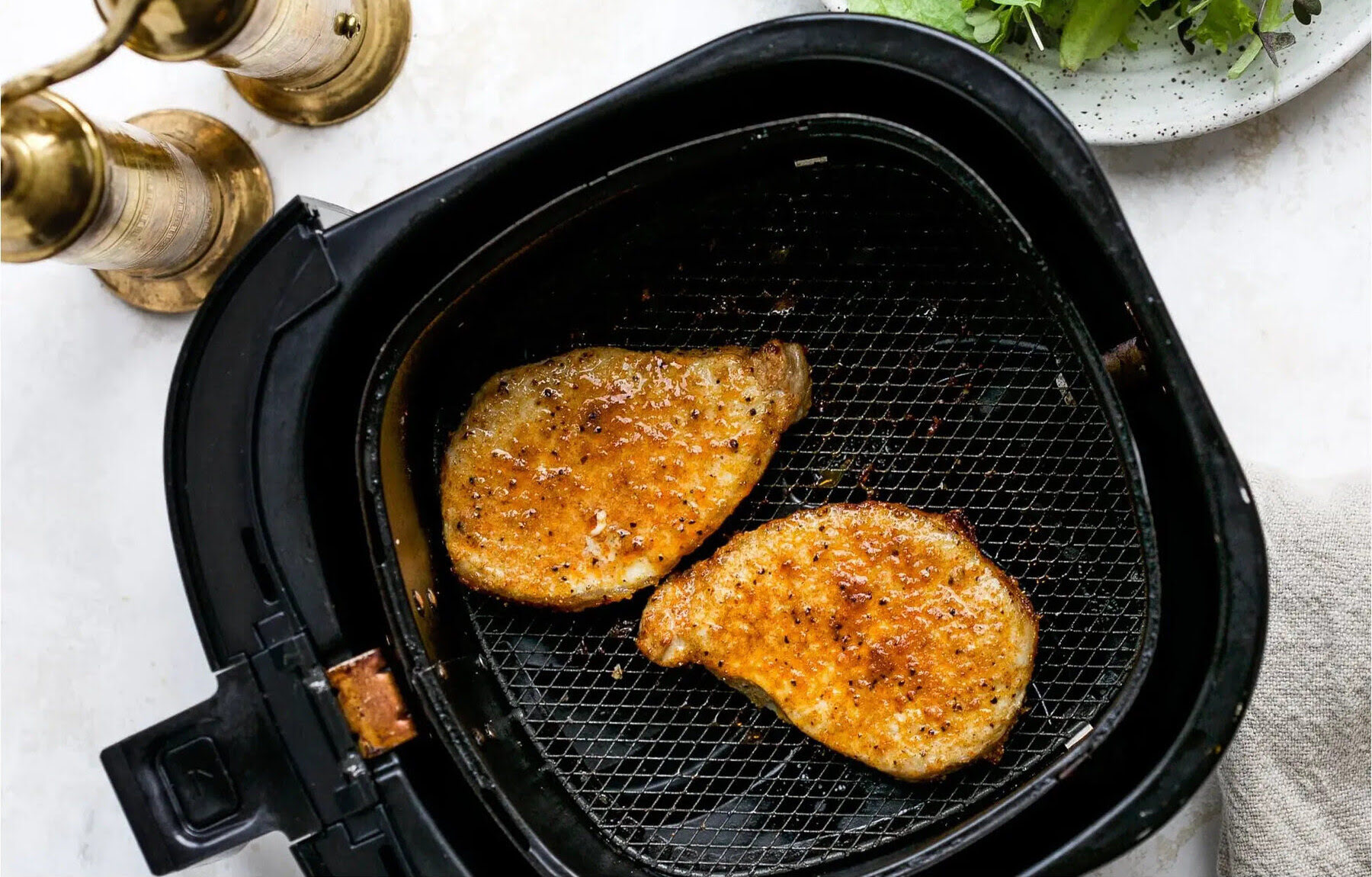
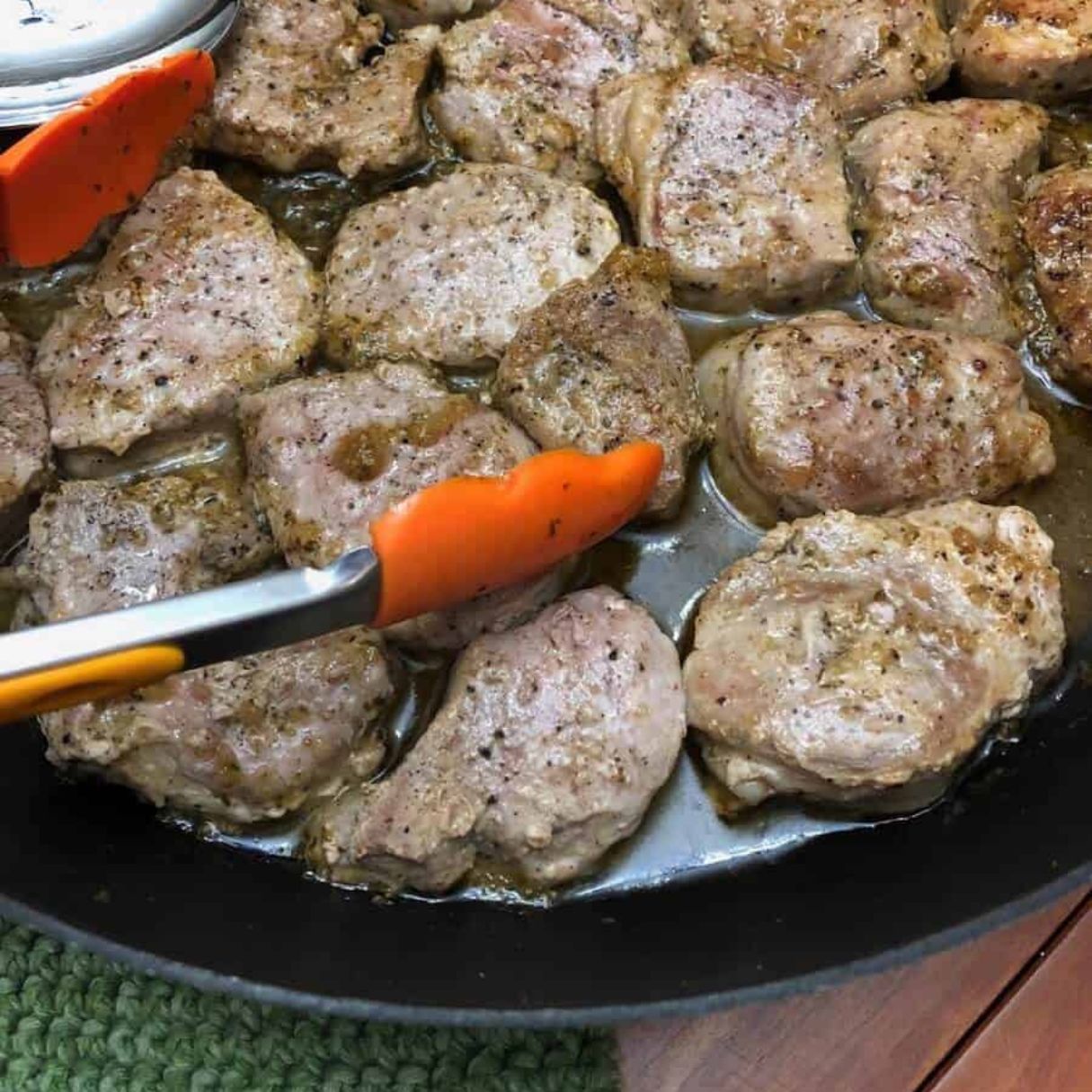
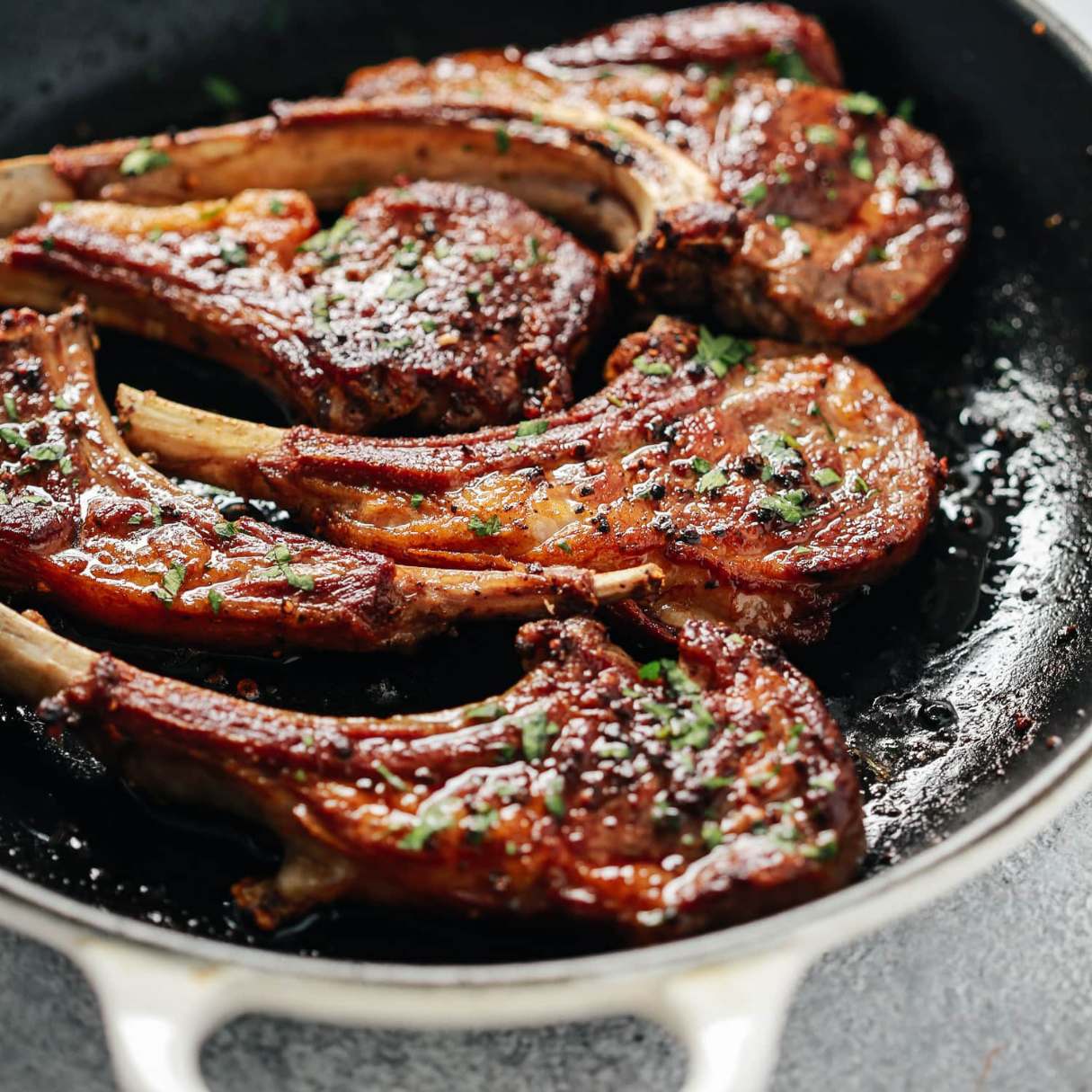
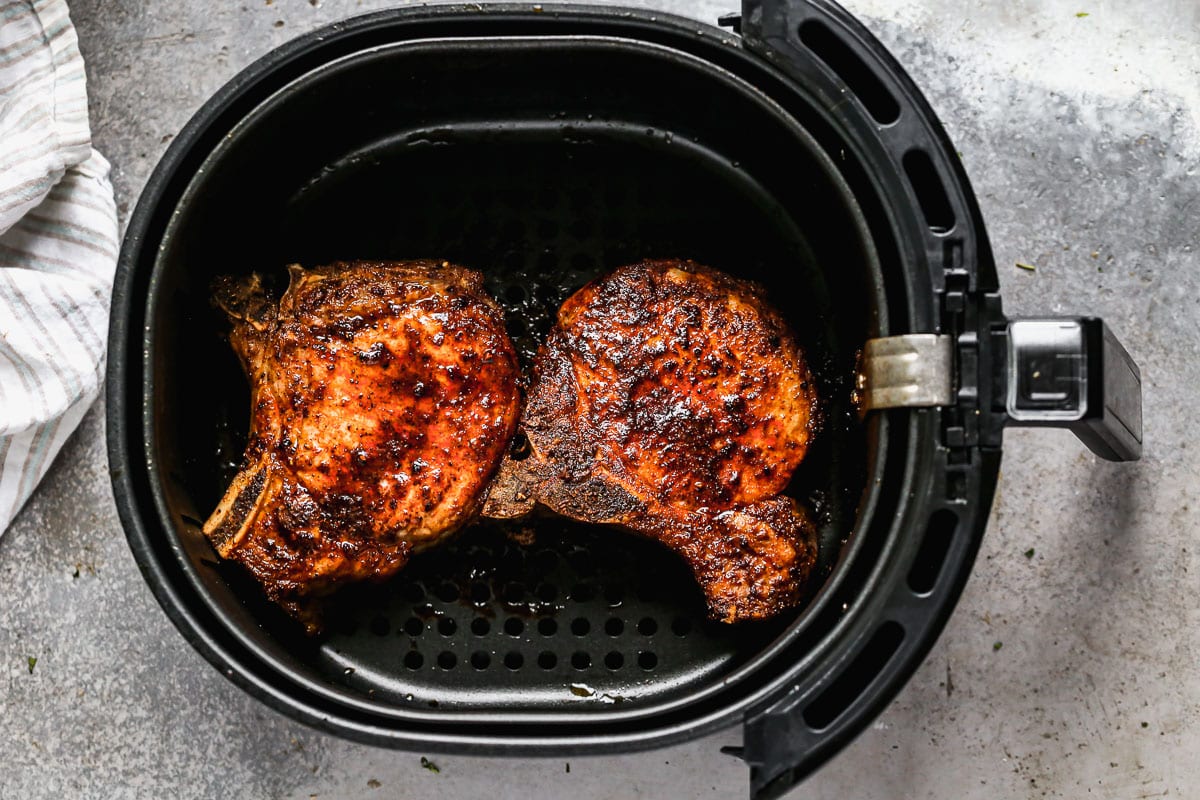
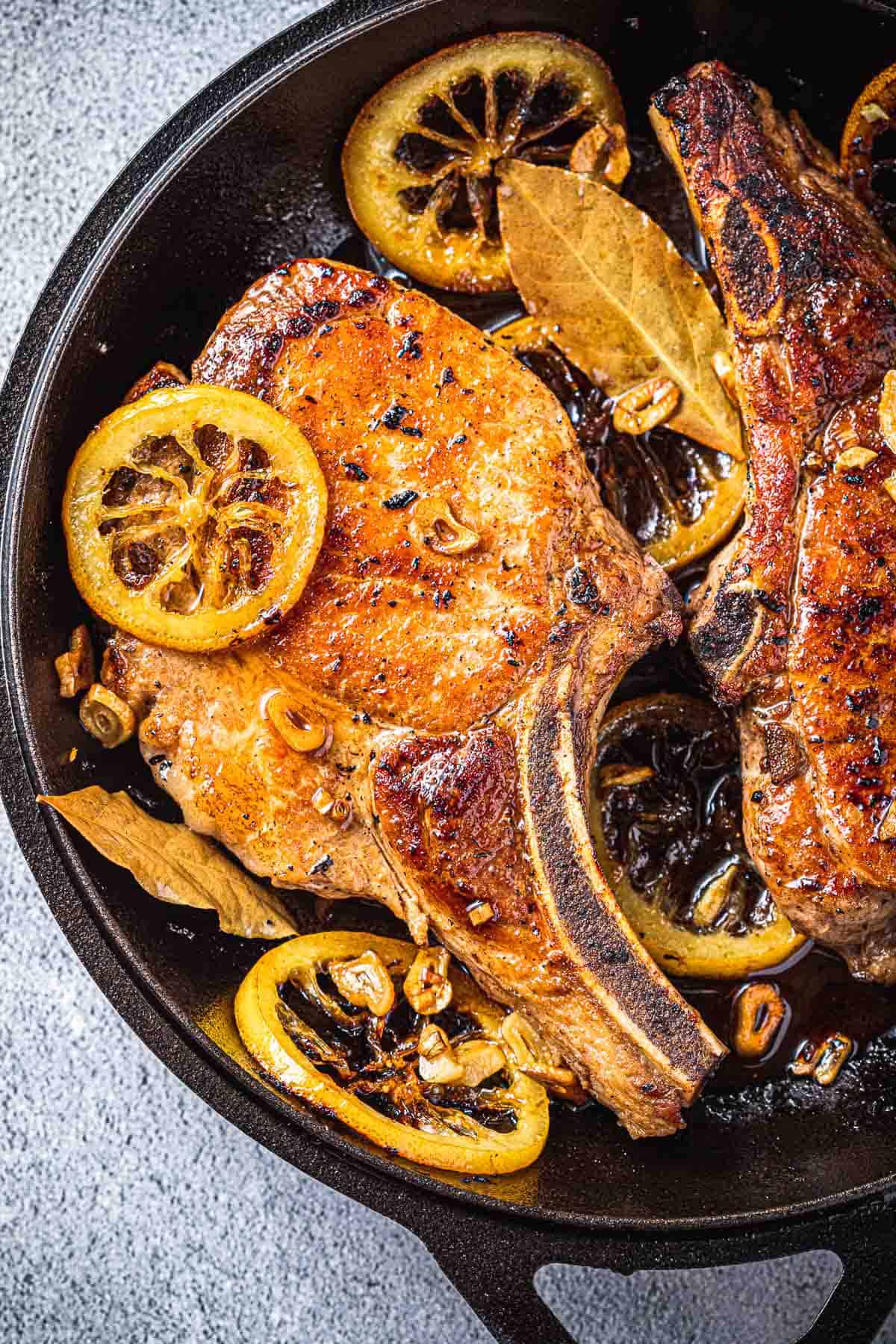
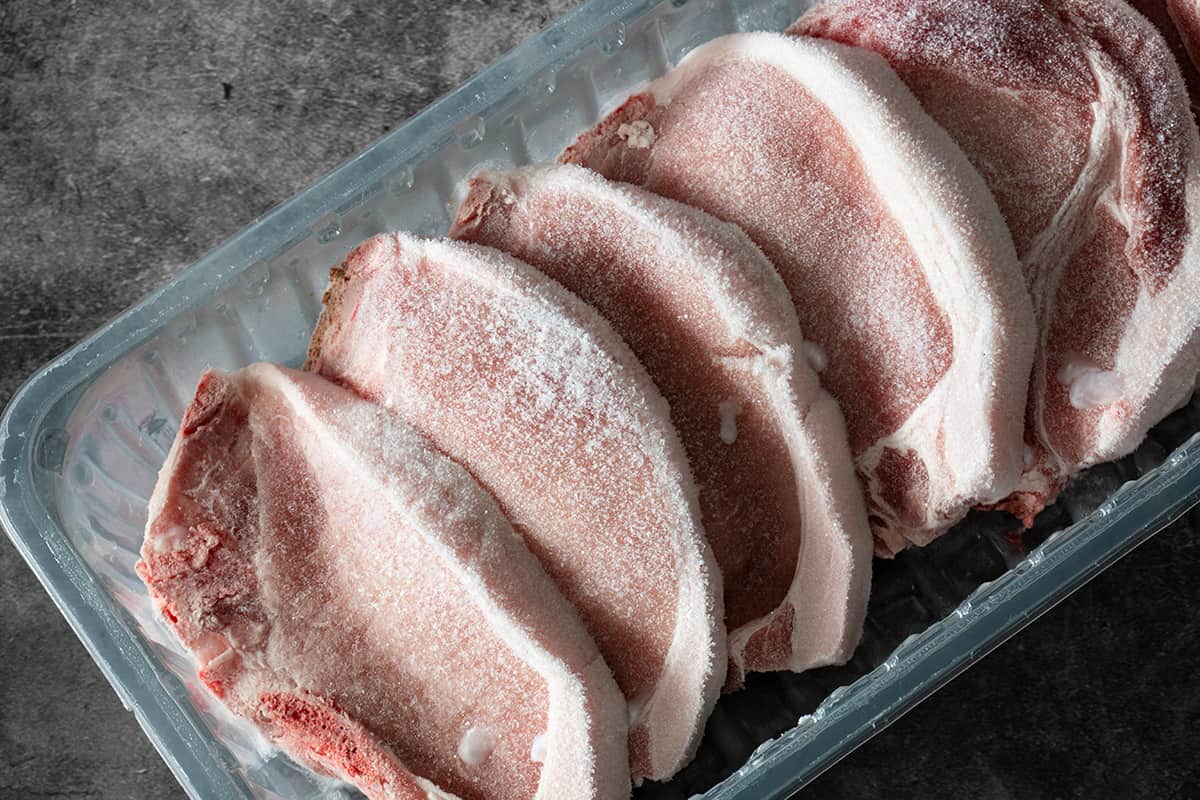
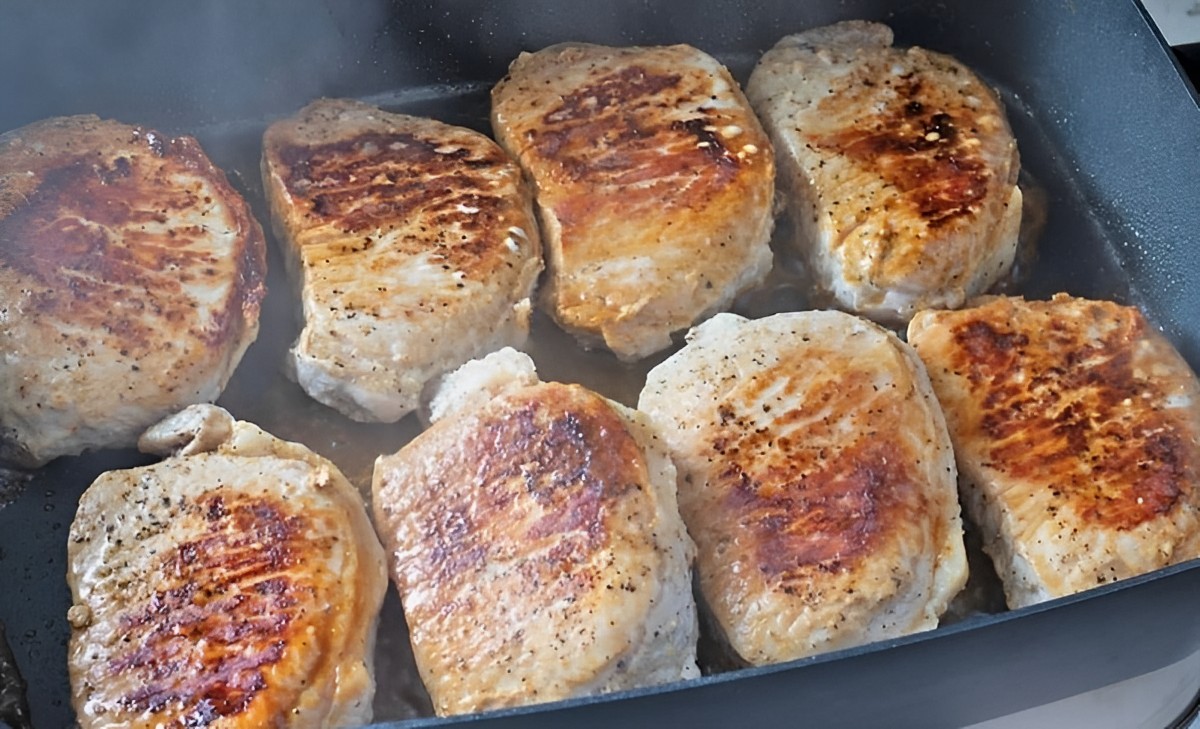
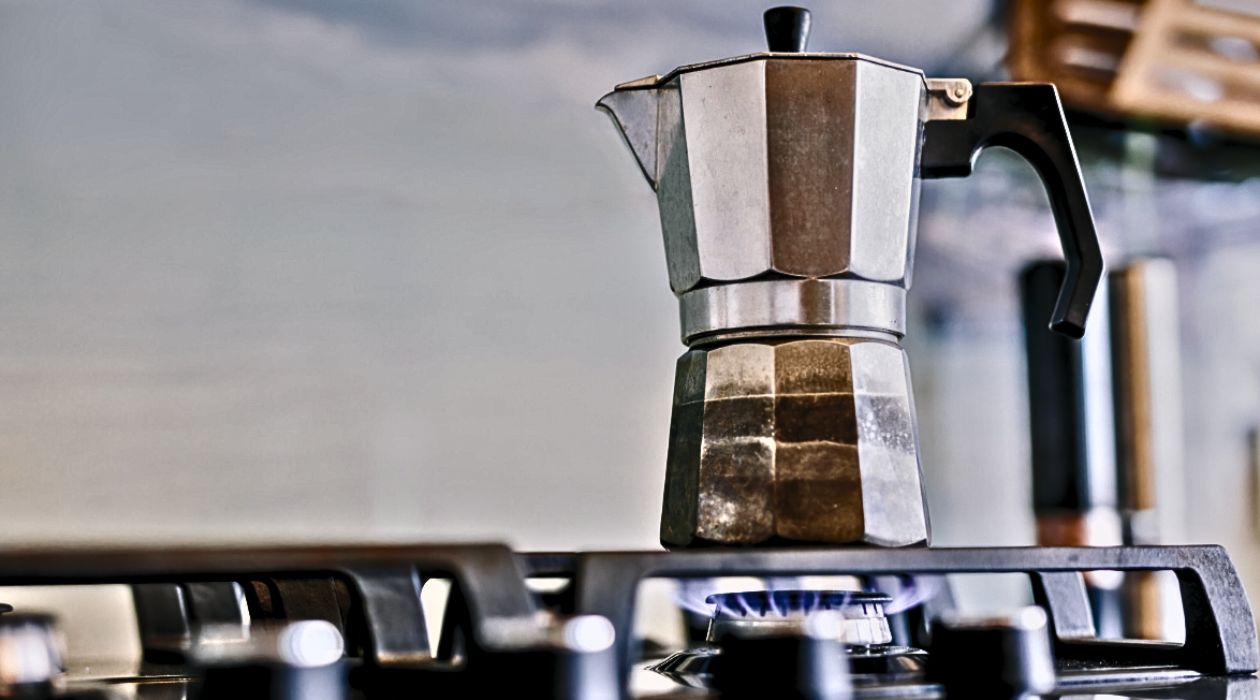
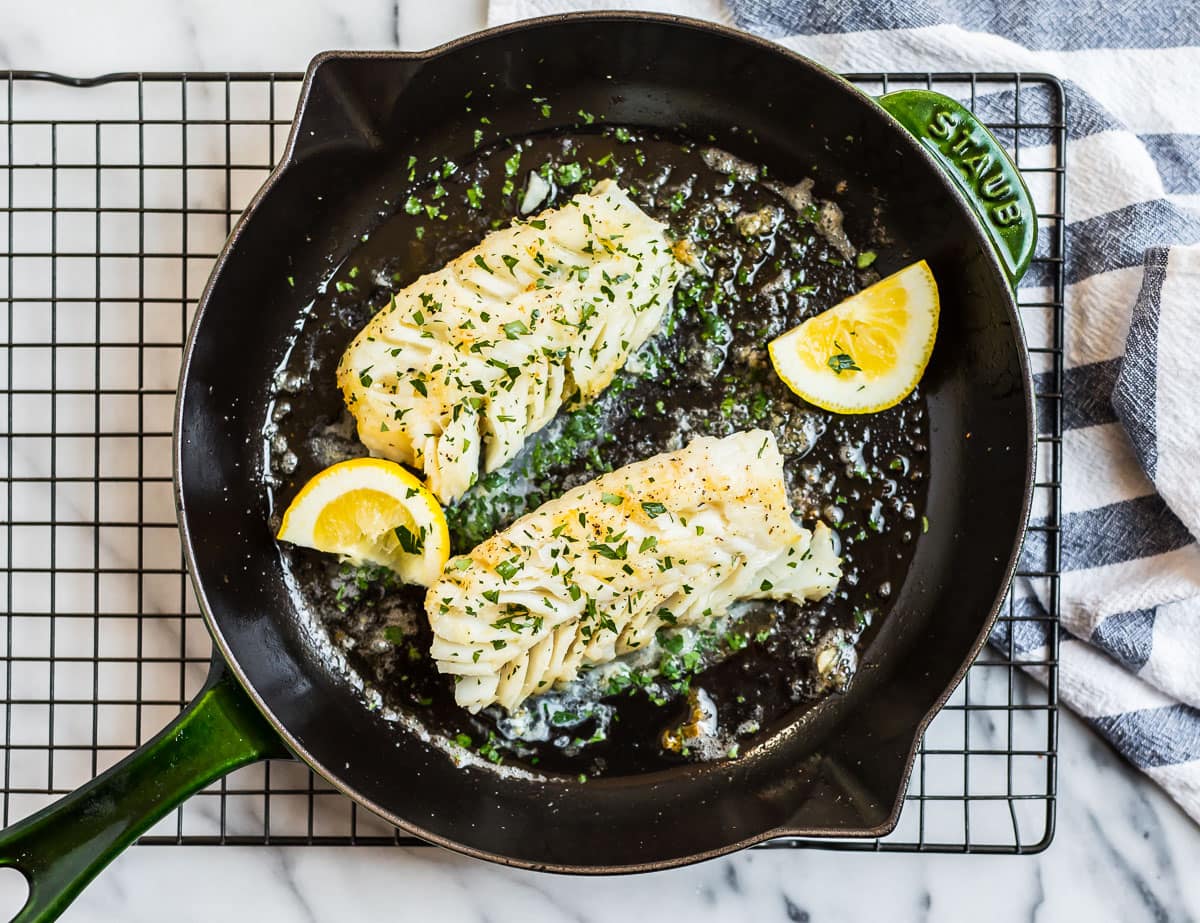

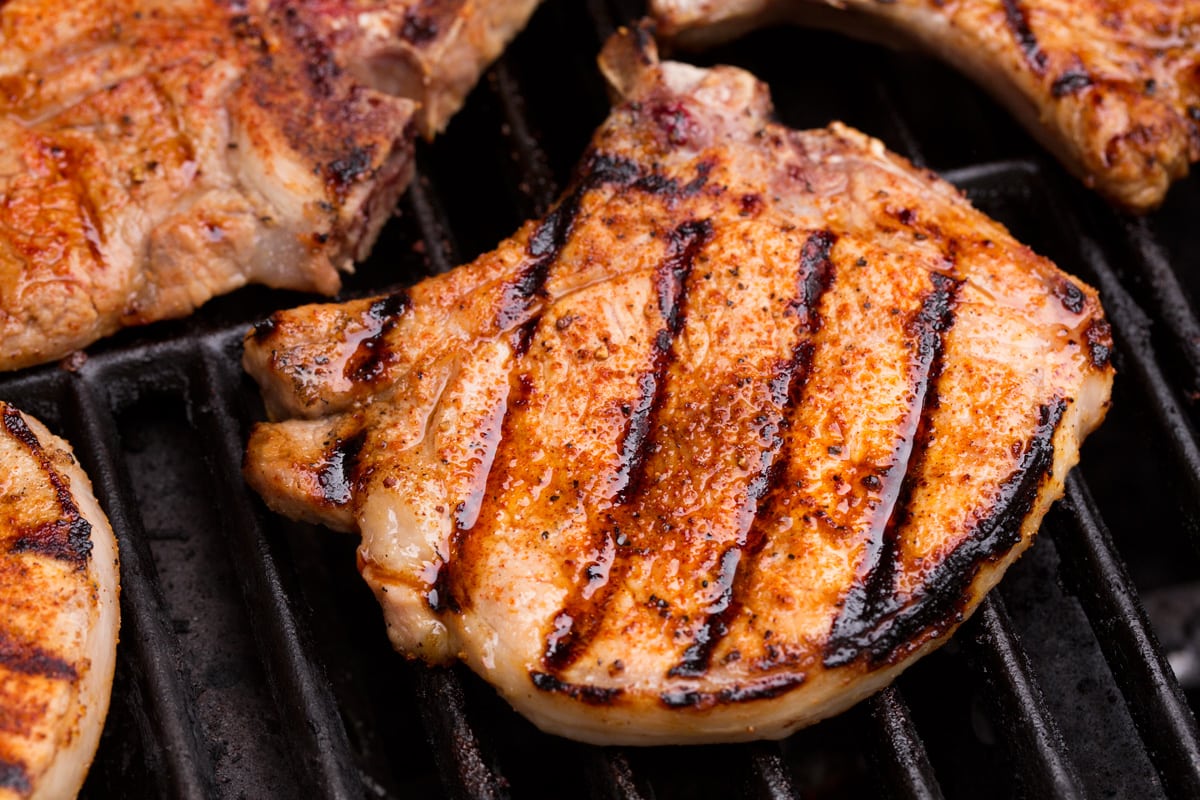
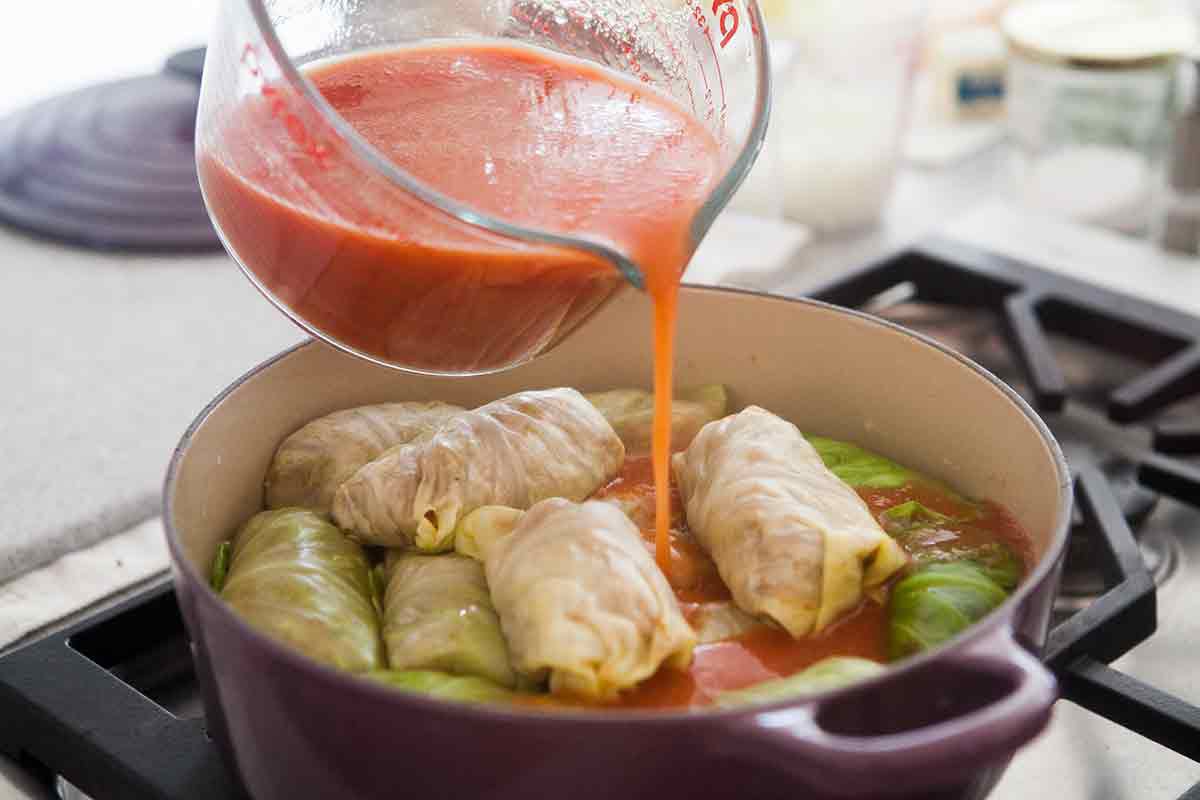
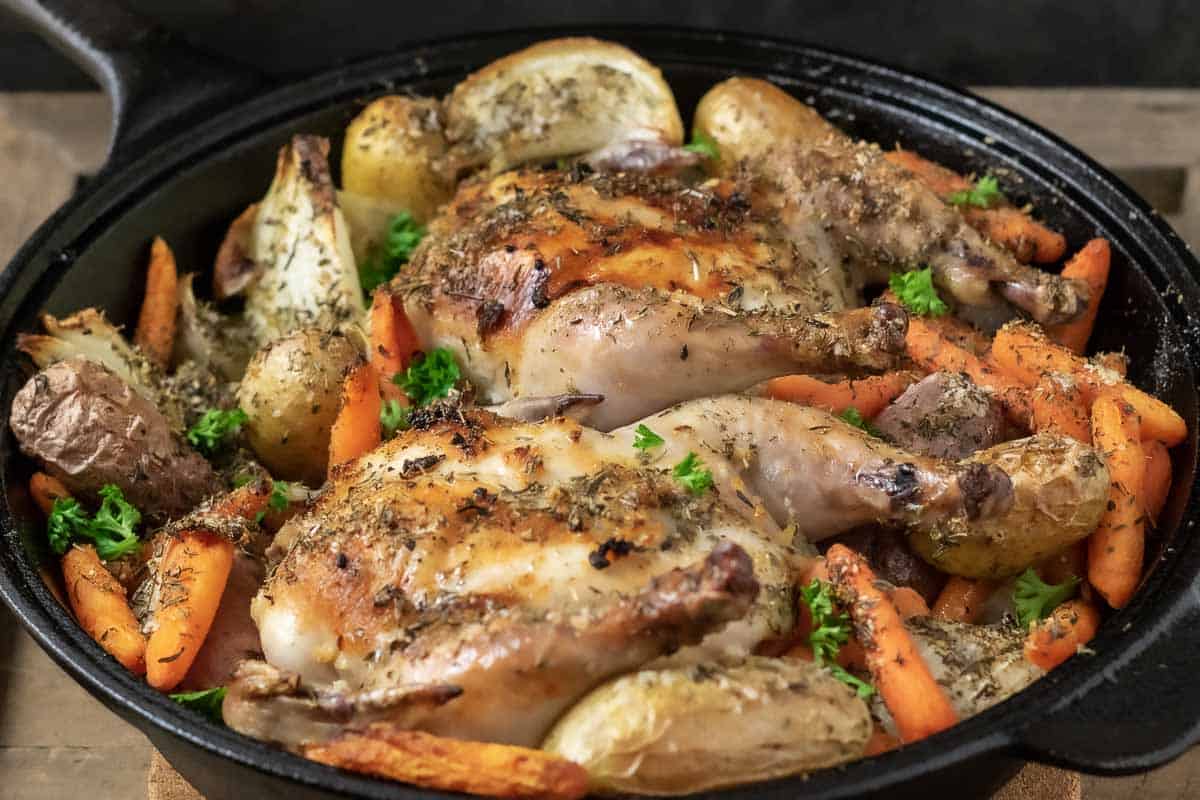

0 thoughts on “How Long To Cook Pork Chops On The Stove Top”